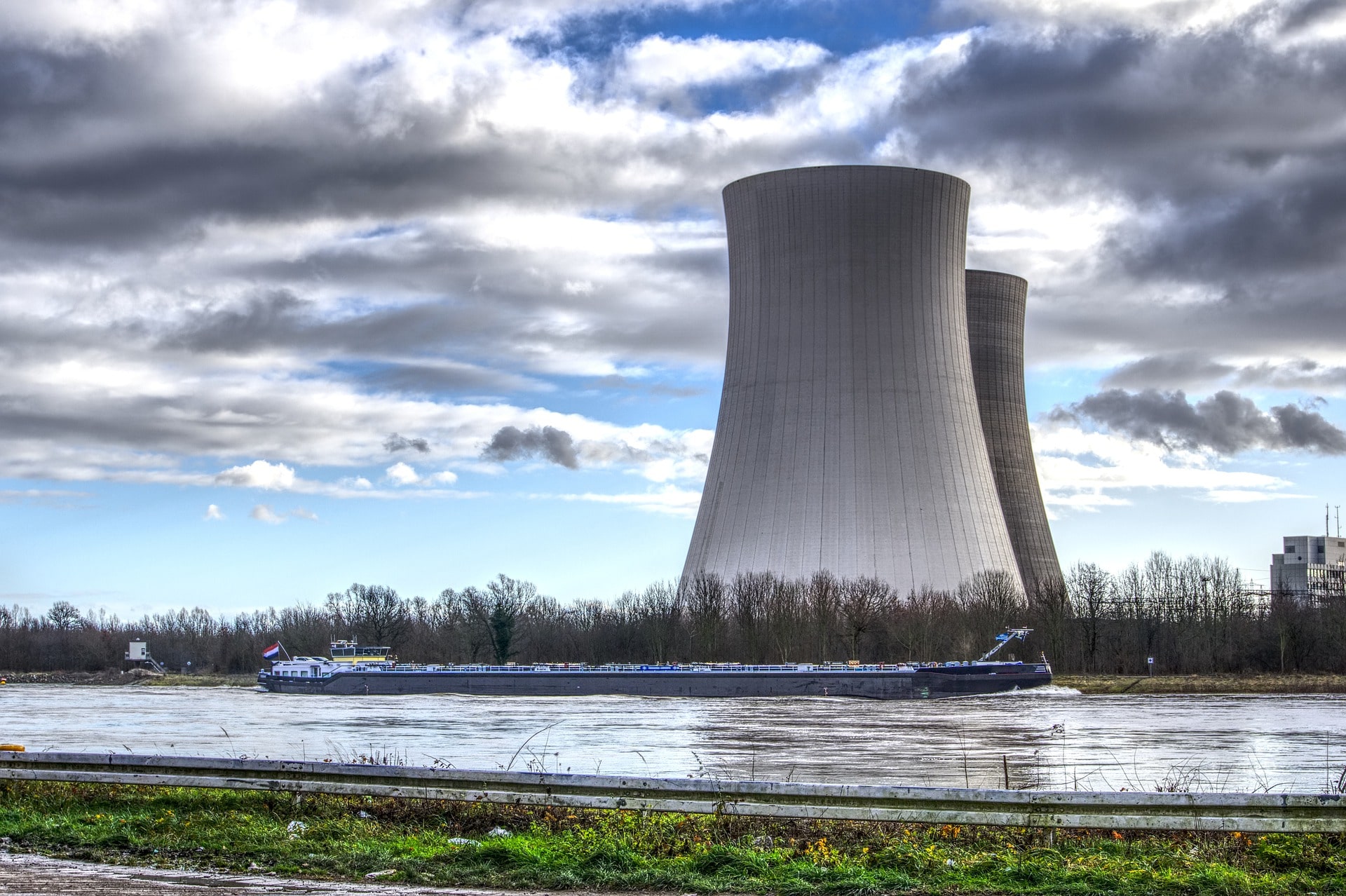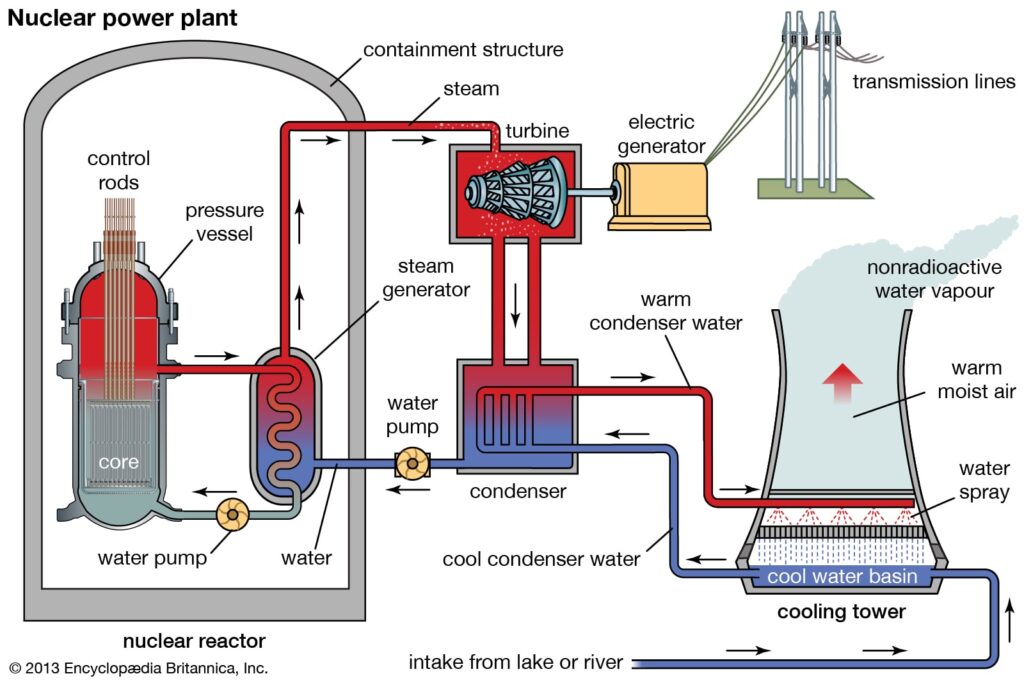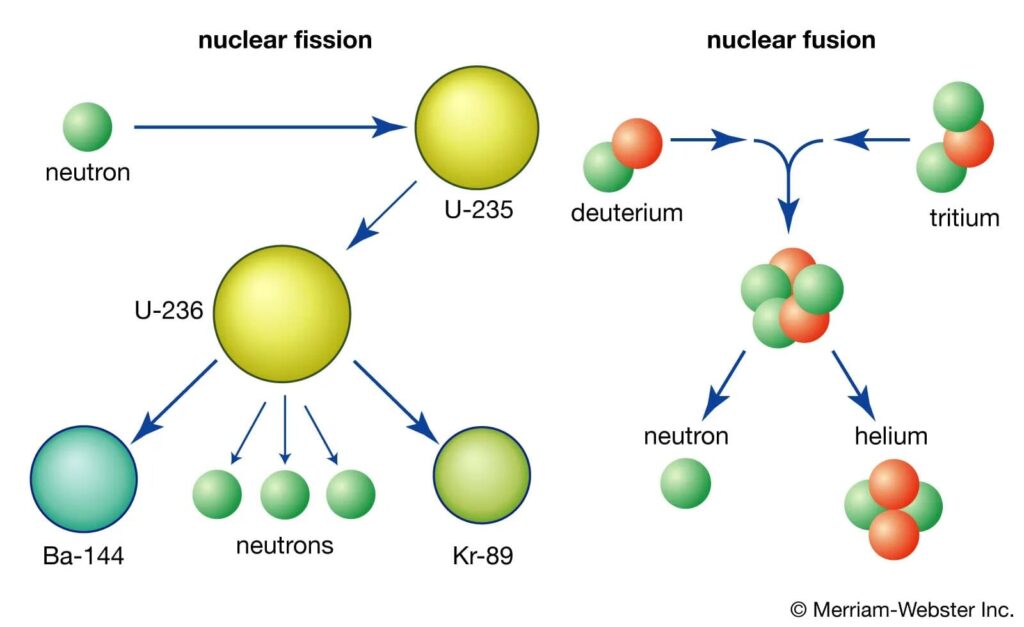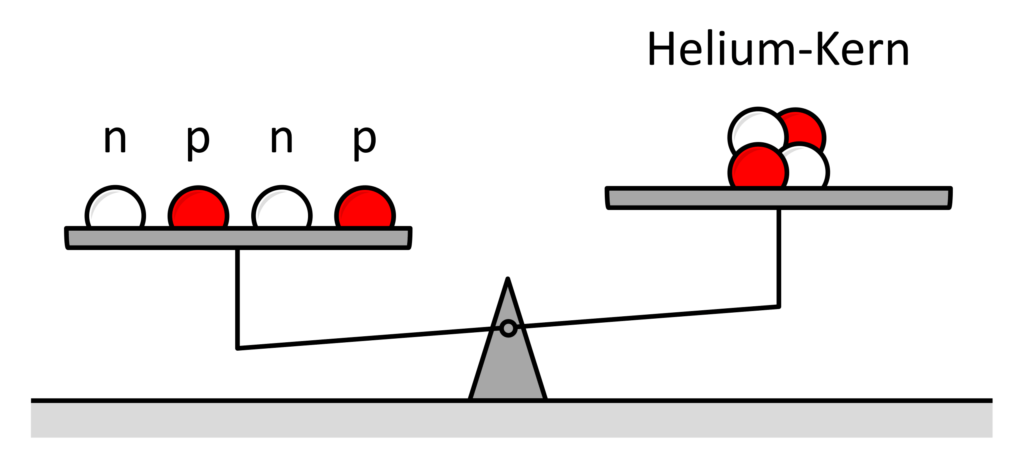Is nuclear energy clean energy, green energy or renewable energy?
Here are the three common energy types related terms we hear in day-to-day life inter-changeably. But actually there not the same. You can understand it by the following:
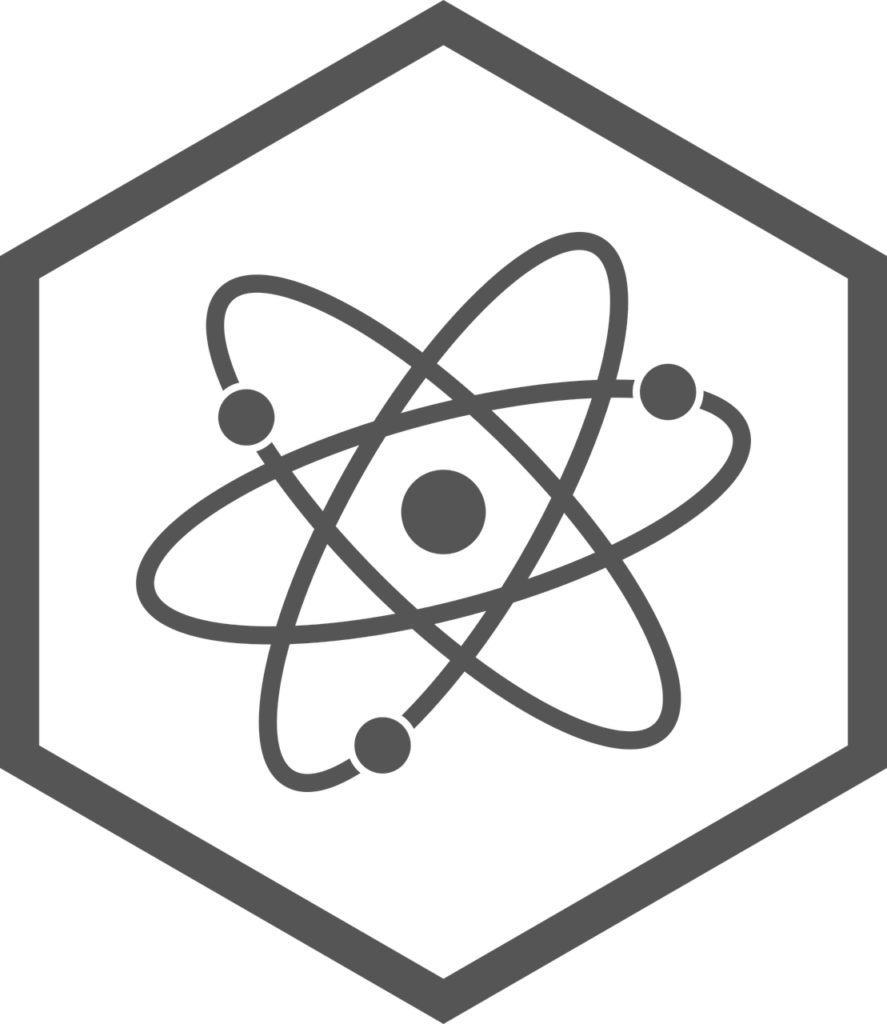
- Green energy: Energy that comes from natural sources. Ex: sun, wind.
- Renewable energy (often called sustainable energy): as the name suggests energy comes from sources that are constantly and naturally renewed. Ex: wind and solar.
- Clean energy: This is what todays topic related to. Clean energy is what does not cause any atmosphere pollution and emit little or no greenhouse gases in the power generation process.
- Green energy: Energy that comes from natural sources. Ex: sun, wind.
- Renewable energy (often called sustainable energy): as the name suggests energy comes from sources that are constantly and naturally renewed. Ex: wind and solar.
- Clean energy: This is what todays topic related to. Clean energy is what does not cause any atmosphere pollution and emit little or no greenhouse gases in the power generation process.
How important is clean energy to the human and for the planet earth?
In recent decade, these terms we find out to be very commonly heard because of the global warming. To get the idea how bad the situation is getting, I will mention two current symptoms that we are experiencing now:
- Global sea level is rising – The current rate according to NASA is 0.13 inchs/year (2.54 cm/year)
- Humidity is increasing – When temperatures are rising around the globe leads to more evaporation, and consequently an increase in atmospheric humidity. This means more droughts less food means food crisis.
This is an alarming tone! We should react now or never… The momentum to the world is clear. “Carbon-free” is the direction the world should be going.
Accordingly, climate pledges are set by US, EU, Japan and most of other countries in the world to collaboratively survive. More up to date info on climate pledges and actions can be found from this climate action tracker.
How the Nuclear energy comes into play?
Three aspects to consider when it comes to energy sources are:
- Cost and sustainability,
- Protection of climate,
- Ensure grid reliability.
Considering those aspects into account and also to meet the pledges/targets a tremendous amount of electricity from clean energy sources are needed. And what are the challenges preventing mass adoption? Technologies (IoT, 6G, self-driving, AI etc ) are quite already, ready for a hyper leap of future advances but the clean power solutions there are seems quite lagging. The cost of production per kWh is comparatively higher for the conventional major green energy sources like wind, hydro and solar power with non-clean energy sources like coal and petroleum.
Here the nuclear energy comes into play. More cost effective solution, but is that really clean?
First, let’s have a look how the nuclear power is generated. Then we can conclude whether the nuclear energy is actually clean energy source.
How important is clean energy to the human and for the planet earth?
As you can see in below schematic diagram, at a glance a nuclear power plant looks same like a standard thermal power station but the heat source of the nuclear power plant is a nuclear reactor.
The reactor vessel is a tough steel capsule that houses fuel elements – sealed metal cylinders containing uranium. Neutrons are fired at the uranium atoms, causing them to split and release more neutrons. These then hit other atoms, causing more splits, and so the chain reaction continues. It’s this chain reaction that generates the huge amount of heat which then is used to boil water in large boilers. Finally this kinetic energy of steam turn turbines ad generate electricity.
In this process no greenhouse gases are produced… In other words, nuclear energy is clean.
Then from what emits out this huge amount of power?
“The actual ingredient here in comparison to sun or fossil fuel is then ultimately the mass.”
In this reaction total mass is less than the amount of mass before either through nuclear fission or nuclear fusion.
- Nuclear Fission: The process in which a heavy nucleus in broken into two lighter nuclei with the release of energy.
- Nuclear Fusion: The reaction in which two or more atomic nuclei are combined to form one or more different atomic nuclei and subatomic particles (neutrons or protons).
where c (constant) is the speed of light and m is the mass, states that mass and energy are equivalent and convertible one into the other. In other words, energy equals mass multiplied by the speed of light squared. Certain types of matter may be created or destroyed. When it comes to destruction the energy produced per even each small amount of mass is huge since c^2=\big(2.997×10^8\big)^2 \approx 9×10^{16}
As an example: The energy equivalent of one gram (1g) of mass is equivalent to: 89.9 terajoules.
In this either processes we can see clearly that no greenhouse gases are produced… We can conclude that here, nuclear energy is clean and seems nuclear energy is promising for future energy demand. But, there should be some drawbacks. Let’s discuss that before concluding the topic.
What are the nuclear effects on the environment?
For you. what comes to the mind of a nuclear disaster. Chernobyl, Three Mile Island, and Fukushima Daiichi disasters. Nobody on earth wants to experience ever again under any circumstances. However, accidents do happen and human error or a natural disaster can lead to nuclear disasters. Radioactive particles can cause erosion, and even pollute nearby sources of water.
Even though nuclear energy is clean as discussed, production of nuclear energy produces radioactive waste that must be securely stored. Radioactive waste is quite dangerous even though in small amounts it is not much harmful.
Thus, the nuclear energy sources like Uranium mining and enrichment of uranium are not environmentally friendly processes. They do cause damage to the environment badly by leaving behind radioactive particles.
Key facts and conclusion of the article
- Nuclear energy is the #1 source of emission free electricity.
- Globally 10% of electricity comes out from clean nuclear energy and US having most operational reactor on planet contributes nearly 20% of all electricity need in the U.S., all without any carbon emissions.
- Nuclear energy is clean but environment is present for some extend.
